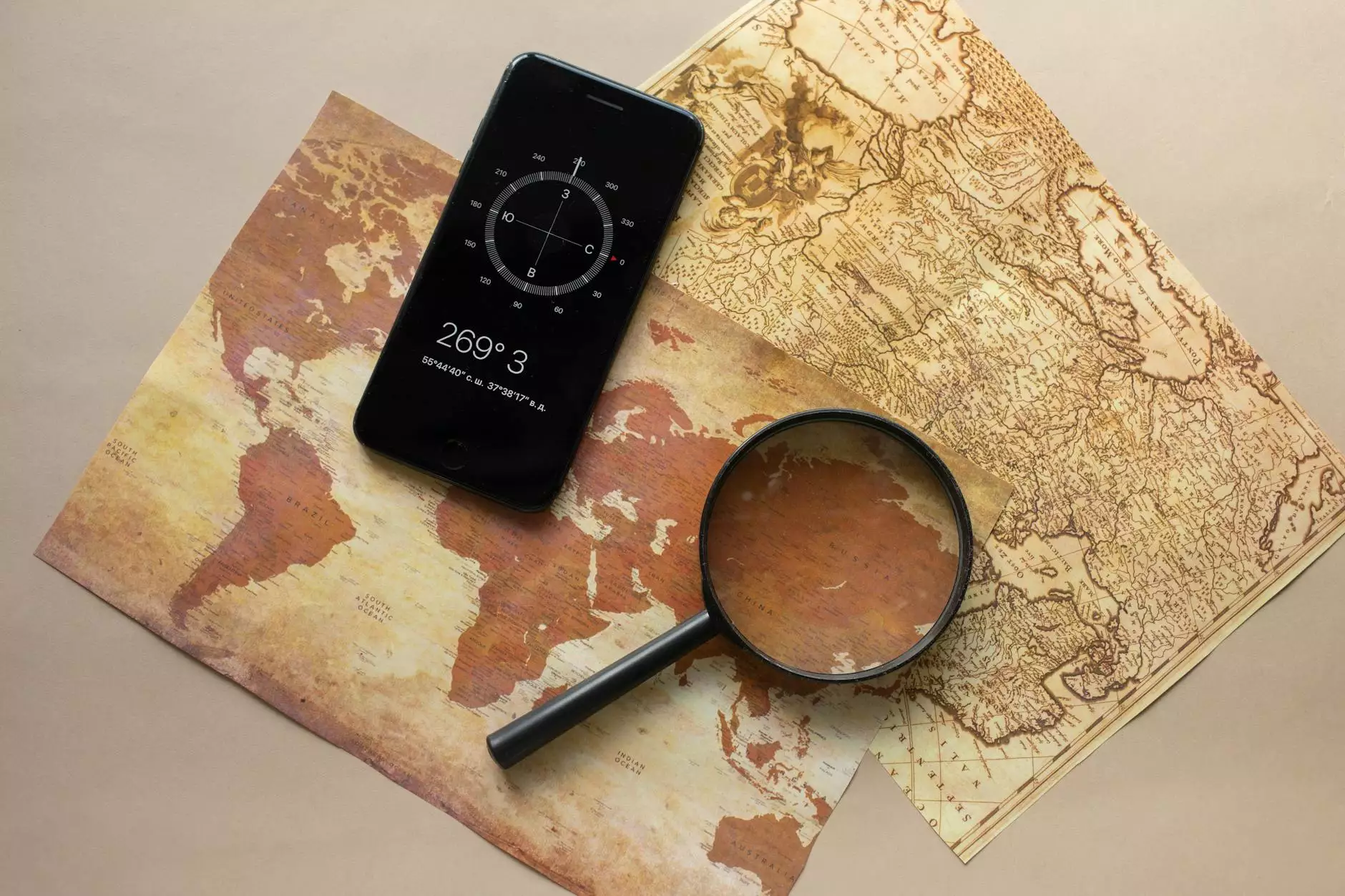Creating an Effective Wireframe for an App: A Comprehensive Guide

In the dynamic world of software development and mobile applications, the journey from idea to a successful app is a multi-faceted process. One of the essential steps in this journey is designing a wireframe for an app. A wireframe serves as a blueprint for your application, mapping out the structure and functionality before diving into detailed design and development. In this article, we will explore the importance of wireframes, their components, and best practices to create an effective one that meets both user needs and business goals.
What is a Wireframe?
A wireframe is a visual representation of an app's interface, illustrating the arrangement of elements such as buttons, menus, images, and text. It facilitates communication among stakeholders, including designers, developers, and clients, ensuring everyone has a clear understanding of the app's functionality and Flow.
The Importance of Wireframing
Wireframing is a critical step in the app development process for several reasons:
- Enhances Communication: Wireframes serve as a common point of reference for all parties involved, which minimizes misunderstandings.
- Improves User Experience: By mapping out user journeys, wireframes help identify usability issues early on.
- Saves Time and Money: Catching issues at the wireframing stage is significantly cheaper than making changes during development.
- Facilitates Iteration: Wireframes can be quickly altered or replaced, allowing for agile responses to feedback.
Key Components of a Wireframe
To create a successful wireframe for an app, it is important to incorporate the following components:
1. Layout Structure
This includes defining the position of various elements like headers, footers, and sidebars, ensuring a logical flow and intuitive navigation for users.
2. Navigation Elements
Include menus, buttons, and links that guide users through the app. Highlight how users will interact with these navigational tools.
3. Content Placement
Clearly define where textual and visual content will appear. This could include headlines, paragraphs, images, and videos.
4. Interactive Elements
Indicate where users can interact with the app, including forms, sliders, and other input fields.
5. Annotations
Provide notes and explanations within the wireframe to clarify design choices and functional aspects for developers and stakeholders.
Best Practices for Creating an Effective Wireframe for an App
Creating a wireframe is both an art and a science. Here are some best practices to keep in mind:
1. Start with Research
Understand your target audience and their needs. Conduct user interviews and surveys to gather insights that will inform your wireframe.
2. Use Appropriate Tools
Choose wireframing tools that suit your workflow. Some popular options include:
- Balsamiq: Great for creating low-fidelity wireframes quickly.
- Figma: Excellent for collaboration and designing interactive prototypes.
- Adobe XD: Offers extensive design capabilities alongside wireframing.
3. Focus on Usability
Your wireframe should prioritize user experience. Make sure navigation is intuitive and enhances the overall usability of the app.
4. Keep it Simple
Avoid clutter. Use simple shapes and placeholders to represent elements rather than detailed designs.
5. Gather Feedback
Share your wireframes with colleagues and potential users to gather constructive feedback. Use this input to refine your wireframe before proceeding to high-fidelity designs.
Different Types of Wireframes
Wireframes come in different types depending on the fidelity and purpose:
1. Low-Fidelity Wireframes
These are basic, quick sketches that focus on layout rather than design elements. They are perfect for brainstorming and initial discussions.
2. Mid-Fidelity Wireframes
More detailed than low-fidelity wireframes, these include interactive elements and are closer to the final product, helping stakeholders visualize functionality.
3. High-Fidelity Wireframes
These wireframes resemble the final product closely, including colors, typography, and actual images. They are used as guides for developers during the design implementation phase.
Integrating Wireframes into Your Development Workflow
To maximize the effectiveness of wireframes, integrate them into your agile development process:
1. Collaborative Workshops
Conduct workshops with your team to collaboratively create and iterate on wireframes, fostering a shared vision and creative input.
2. Regular Review Sessions
Schedule periodic reviews to assess the wireframe's progress and alignment with project goals. This keeps stakeholders involved and informed.
3. Document Changes
As changes occur, document them for future reference. This provides a clear evolution of the app’s design and can be valuable for future projects.
Tools for Wireframing
Several tools can elevate your wireframing process. Here’s a curated list:
- Sketch: A powerful design tool for wireframing, especially popular among UI/UX designers.
- Axure RP: Ideal for creating detailed and interactive wireframes.
- Moqups: A web-based tool that offers collaboration features, making it easy for teams to work together on wireframes.
- Lucidchart: Great for flowcharts, wireframes, and incorporating feedback in a clear visual format.
Conclusion: The Path to Successful App Development
In conclusion, a well-constructed wireframe for an app is crucial for laying the groundwork for a successful product. It enhances communication, streamlines the design process, and ultimately leads to a better user experience. By leveraging the best practices outlined in this article and utilizing the right tools, businesses can significantly improve their app development efficiency and ensure their final product meets the needs of users and stakeholders alike.
As you embark on your app development journey, remember that wireframing is not just a necessary step; it is an opportunity to visualize your app's potential and refine it into something remarkable. With careful planning and execution, your app can rise above the competition and offer an unparalleled user experience in the bustling market of mobile applications.









